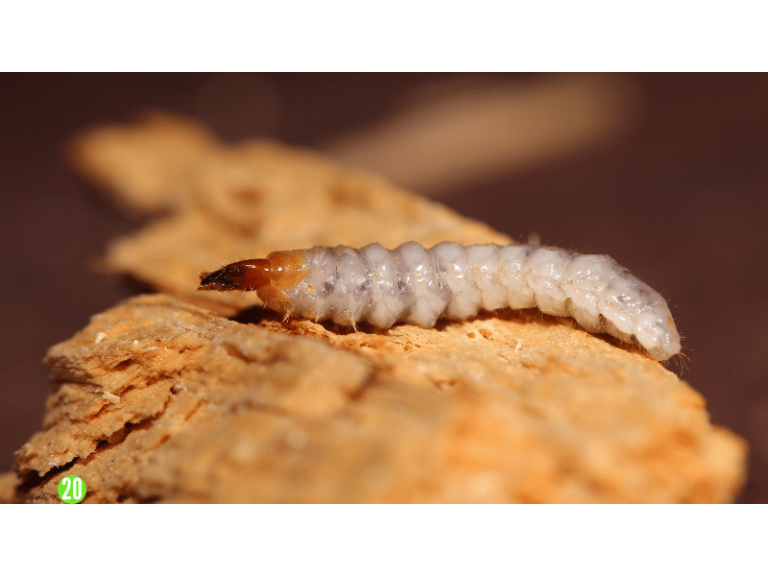Some fishermen’s newly acquired wooden boats, after only a few months at sea, are riddled with holes on the hull and become unusable. Is it the work of termites? But termites only damage wood on land and can only attack the sides of boats, how can they climb up from under the boat?
It turns out that the culprit is not insects or crustaceans, but a soft-bodied creature called a shipworm. Taxonomically, it’s closely related to clams and mussels! There are many species of shipworms along the coast of China alone, numbering more than 20.
Shipworms have a natural habit of boring into wood from a young age. They have strong reproductive capabilities; mature shipworms can lay tens or even hundreds of thousands of eggs at a time. The eggs are fertilized in the ocean, and the larvae, when hatched, drift with the water until they encounter wooden structures such as ships, where they attach and begin their wood-boring life. They develop quickly, with the ability to mature and reproduce within two weeks. Once they bore into wood, they rarely come out until they have consumed all the wood.
The shape of a shipworm is completely different from other shellfish; its body extends quite long, resembling a worm. In China, the longest shipworm discovered reached an astonishing 83 centimeters. Because their entire bodies are hidden within the wood, with only small siphons protruding at the opening, they are difficult to detect. As a result, wooden ships and docks often suddenly break or collapse, causing significant losses of life and property.
The shell of a shipworm has degenerated to a tiny fragment, covering only a small part of the front end of its body. Despite its small shell, the shipworm uses it to bore holes in wood. It achieves this by contracting its shell muscles, causing the shell to rotate repeatedly and using fine teeth on its shell surface to gradually shave away the wood.
The reason shipworms bore into wood is not the same as termites; termites consume wood as food, while shipworms primarily create conditions for habitation.
To prevent shipworm infestation, people have developed various methods through long-term experiments. For instance, concrete shields are added to wooden structures in ports, wide-headed iron nails or embedded scrap iron pieces are used on ship bottoms to reduce shipworm intrusion. Also, knowing shipworms cannot survive in freshwater, ships are sailed into freshwater harbors or pulled ashore, where the shipworms perish after about five days. Globally, injecting creosote oil into wood is widely used as a preventive measure.

